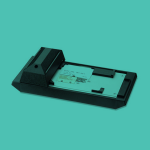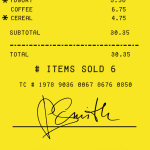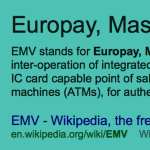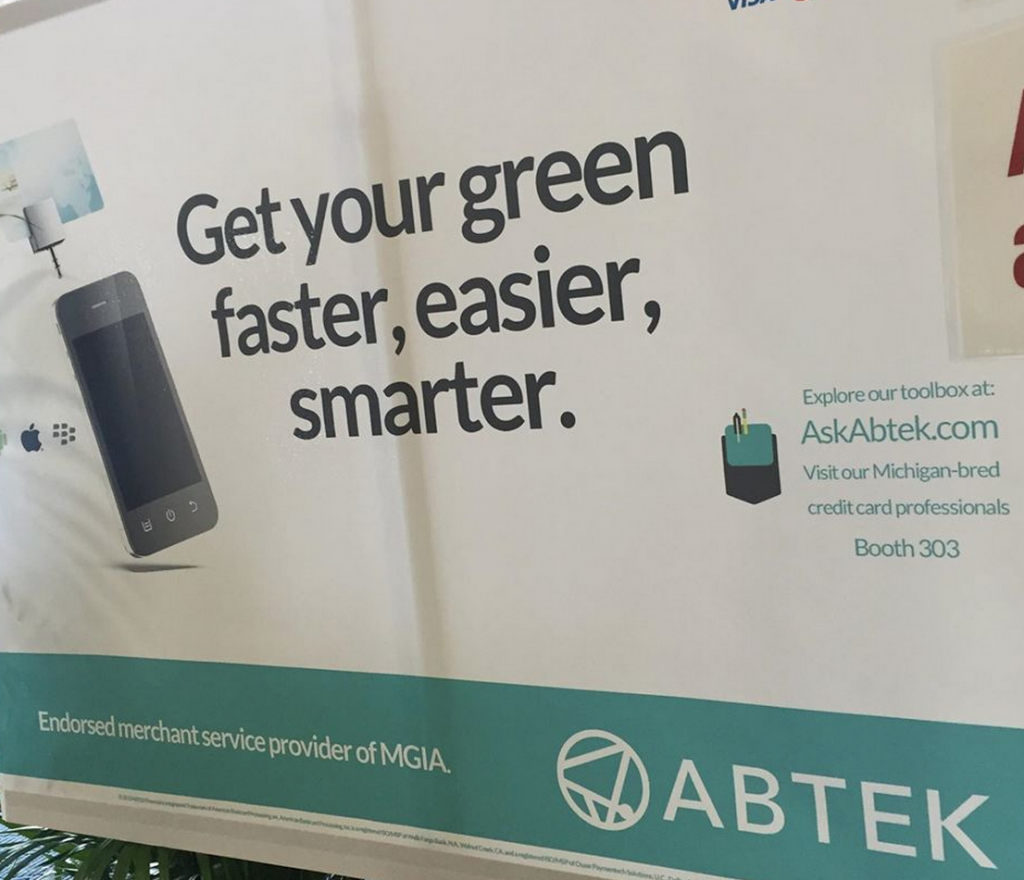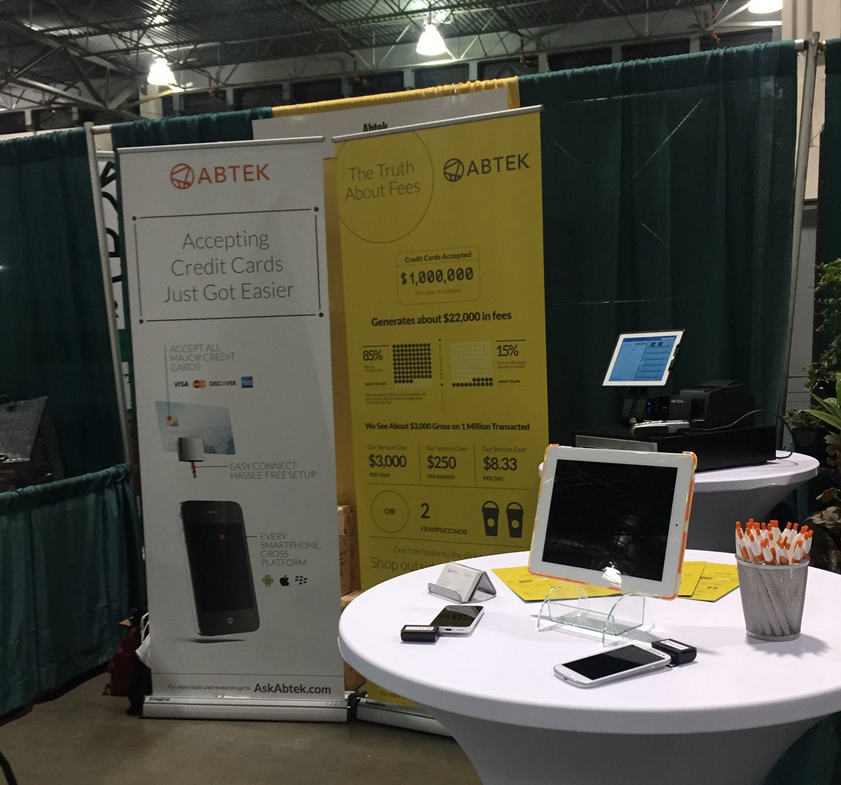![]() As we’ve become a more cashless society, it’s almost second nature for business owners to take out a debit card whenever they need to make a quick every day purchase. But what are the security risks of choosing to pay this way?
As we’ve become a more cashless society, it’s almost second nature for business owners to take out a debit card whenever they need to make a quick every day purchase. But what are the security risks of choosing to pay this way?
With credit cards, one can simply dispute any fraudulent charges and not pay the bill. But debit cards take the money directly from your checking account. There are many business purchases that can leave your debit card—and by extension, your business account—vulnerable to security attacks. Following are eight of the riskiest purchases you can make with a debit card.
1. Buying online. Any online purchases can leave your business account open to hackers. This is true not only of strictly online companies, such as Amazon—which puts significant effort into their cyber-security, but traditional stores with an online presence as well, such as poorly protected Target and Home Depot.
![]() 2. Delayed delivery and merchant disputes. Federal law gives you 48 hours from the time a charge is made to dispute it. But business transactions can sometimes be pending for a significantly longer window of time. Because you may not have physically received the item at your business yet, or it’s damaged when it finally does arrive, too much time will have passed and it becomes much more difficult to ever recoup the loss.
2. Delayed delivery and merchant disputes. Federal law gives you 48 hours from the time a charge is made to dispute it. But business transactions can sometimes be pending for a significantly longer window of time. Because you may not have physically received the item at your business yet, or it’s damaged when it finally does arrive, too much time will have passed and it becomes much more difficult to ever recoup the loss.
3. Expensive big-ticket items. Many credit card companies offer additional warranties and insurance, as well as added protection against an item not showing up or working incorrectly. Debit cards do not offer this same level of protection, which is necessary when buying expensive electronics or renting a car.
4. Dining out. When you’re at a restaurant for a business lunch, the server may take your debit card out of your line of sight, opening the door for fraudulent activity. Restaurants also assume you’ll leave a tip, so they authorize your card for more than your bill, freezing your funds until that larger amount clears.
![]() 5. Outdoor ATMs. Need to withdraw a few smaller bills for your register outside of regular bank hours? Outdoor ATMs are unmonitored most of the time, so it’s easy for someone to add a “skimmer” to the card reader. It looks like a regular card reader, but it’s storing your card data for cyber thieves.
5. Outdoor ATMs. Need to withdraw a few smaller bills for your register outside of regular bank hours? Outdoor ATMs are unmonitored most of the time, so it’s easy for someone to add a “skimmer” to the card reader. It looks like a regular card reader, but it’s storing your card data for cyber thieves.
6. Future travel. Similar to delayed delivery, your card may be charged well in advance of your business trip. Hotels will often store card data for months before your actual travel dates, leaving your account vulnerable.
7. Gas stations. This is another location where it’s really easy to add a skimmer to a legitimate card reader. Be careful of how you choose to pay at the pump while on traveling for business.
![]() 8. Recurring payments. We’ve all dealt with memberships that charge obnoxious fees for cancelling a service, whether it’s a magazine, organization membership or similar business expense. It’s much easier to dispute a credit card, and doing so won’t impact your checking account balance.
8. Recurring payments. We’ve all dealt with memberships that charge obnoxious fees for cancelling a service, whether it’s a magazine, organization membership or similar business expense. It’s much easier to dispute a credit card, and doing so won’t impact your checking account balance.
For transactions such as the ones outline above, a credit card may be a much safer bet—it will leave your business account in tact and provide additional security and protection from potential fraud. After all, the last thing you need as a business owner is a giant headache from your checking account being compromised or your funds being frozen.
Stay updated on payment processing trends by following Abtek on Twitter and Facebook. Sign up to receive our newsletter, too.






